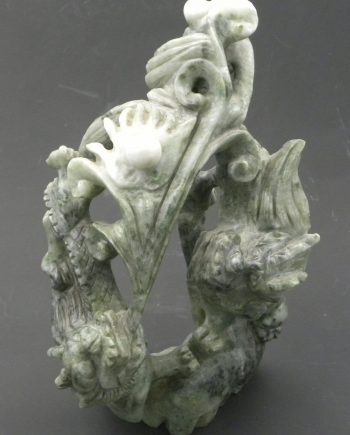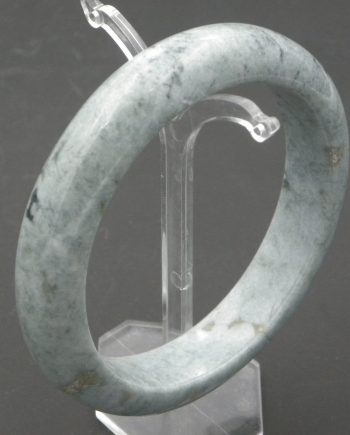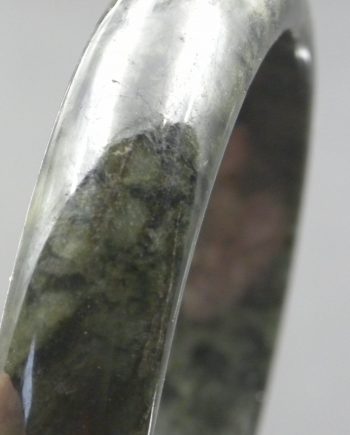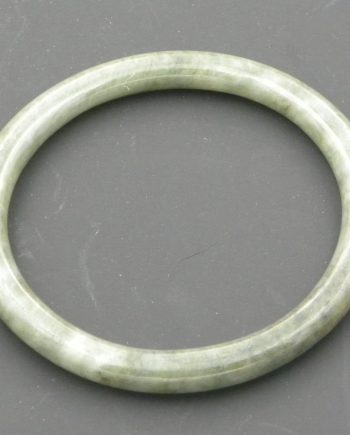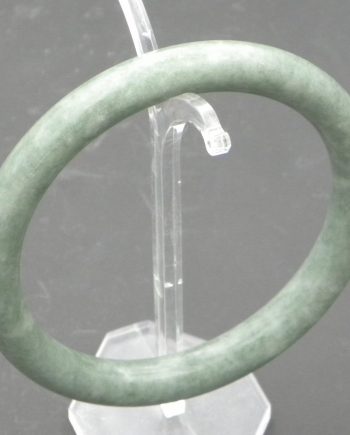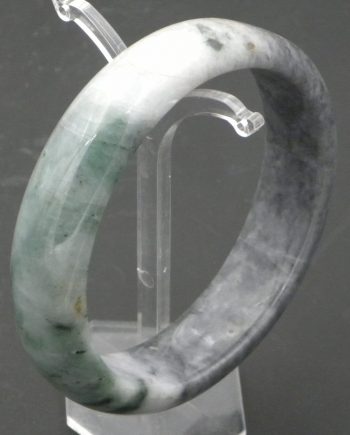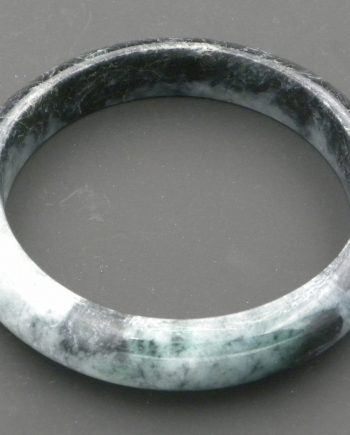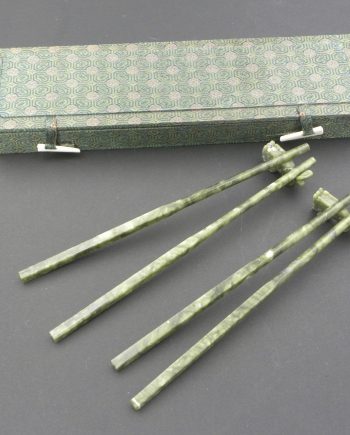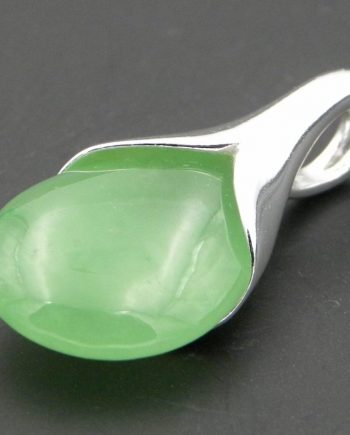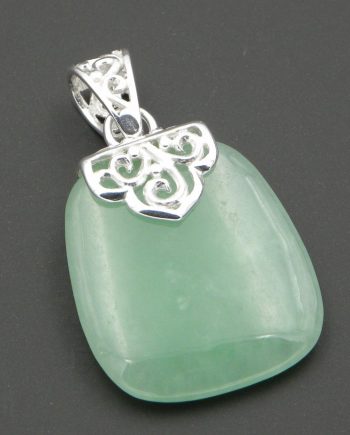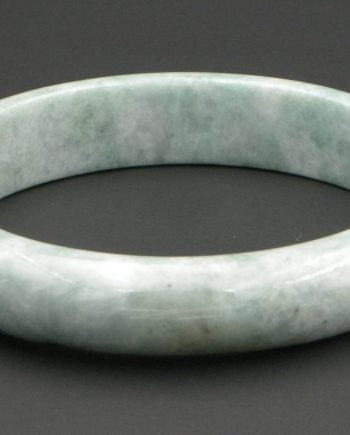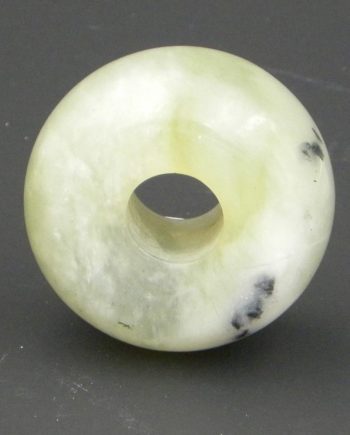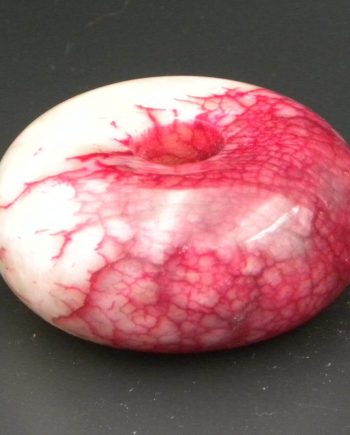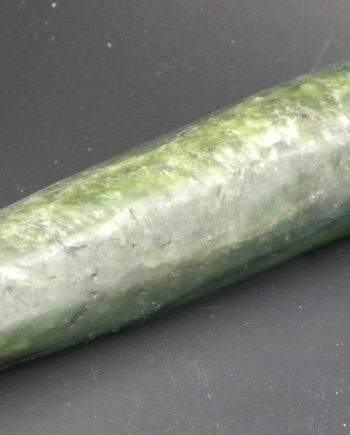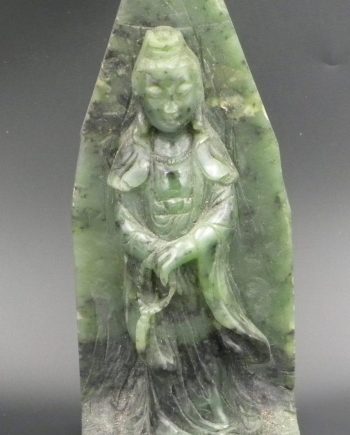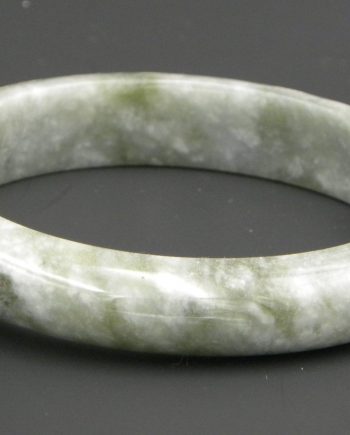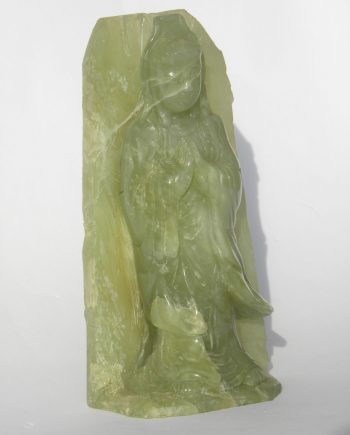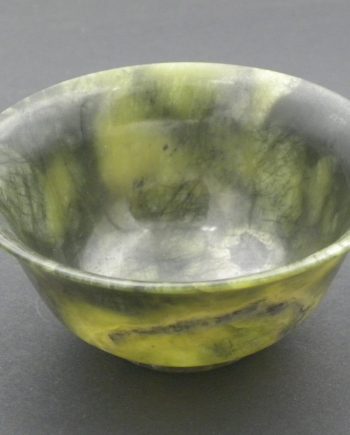Jade, the most iconic of Gemstones
Jade, the most iconic of gemstones
Jade has to be one of the oldest and most iconic of all the worlds gemstones. It is a gemstone with wonderful calming qualities and a beautiful ‘waxy’ sheen. Jade can be clear, translucent or opaque. There is a famous Chinese saying ‘You can put a price on gold but Jade is priceless’, with the ability to bridge heaven and earth. A precious and powerful gemstone, the ‘stone of heaven’.
There are two types of Jade, although they are almost indistinguishable. Jadeite and Nephrite Jade have slightly different chemical compositions. This is thanks to a discovery in 1863 by the famous French mineralogist Alexis Damour (1808 -1902). Nephrite jade is a slightly softer but tougher stone than Jadeite. Vivid emerald green jade is the most valuable when it comes to gem/lapidary quality. Single pieces can be worth many thousands of pounds. Streaks and patterns in jade along with ‘spotting’ and veins of differing colours are all attractive and sought after features. These give the stone ‘character’ and can enhance the value significantly. Although it is often thought of as a green gemstone, Jade also is seen in a huge array of colours. These range from white and grey to stunning shades of red, pink and blue.
The largest jade carving in the world is in the Jain temple of Kolanpak, in Andhra Pradesh, India. Within this wonderful temple there is a magnificent carving of Mahavira. This Carving made from a single piece of jade measures 1.5 metres high (5 feet).
Jade has been important in China since Neolithic times, being hard and workable it was ideal for making tools, weapons and implements. With its wonderful colours Jade was also found to be the perfect material for making carvings and jewellery. Over time these ‘simple’ carvings became more and more elaborate. During the Zhou dynasty (1046BC – 256BC) the exceptional levels of Chinese craftsmanship reached new peaks. Along with gold Jade was another symbol of heaven, with protective qualities links to immortality.
Mesoamerican Jade was also sought after by the Aztecs and Mayan civilisations. Their Jade, mostly green came from the Motagua Valley in Guatemala. This being a civilisation that also thought of Jade as being more valuable than gold.
The majority of the Jade on our website comes from Northern Myanmar (Burma), and China, together with Canada & New Zealand. Burmese Jade is mostly from the Uru River Valley in Kachin State. The majority of Chinese Jade these days is from the Northwest Province of Xinjiang.
Metaphysically: Jade is a stone that can bring good luck & happiness, as well as being the ultimate dream stone. It has long been a symbol of purity and serenity and due of its associations with the heart chakra it can help to attract love. Jade is also a protective talisman and a reputation for powerful healing qualities, emotional, spiritual and physical, notably the kidneys.

-
‘Dragons Chasing The Pearl’ Jade Carving
-
Pale Green Jade Bangle
-
Dark Green Jade Bangle
-
Jade Bangle
-
Green Jade Bangle
-
Mottled Green Jade Bangle
-
Chunky Burmese Jade Bangle
-
Jade Chopsticks
-
Jade Pendant
-
Jade Pendant
-
Jade Bangle
-
Jade Egg
-
Chunky Jade Donut
-
Green & Red Jade Donut
-
Jade Massage Wand
-
Solid Jade Bangle
-
Jade Bowl


